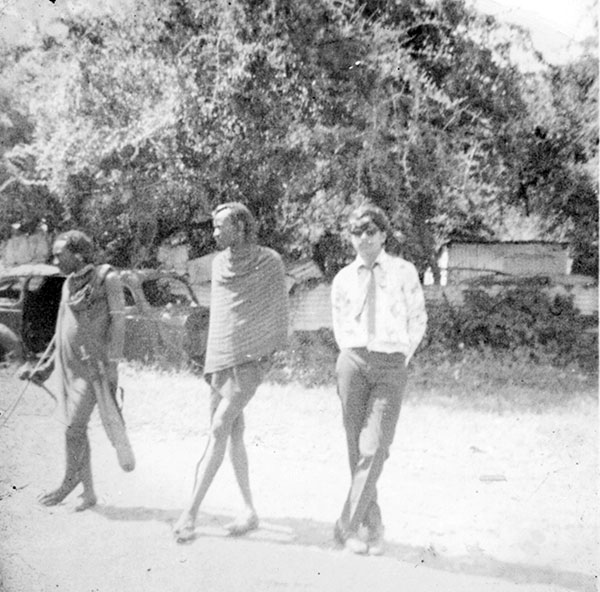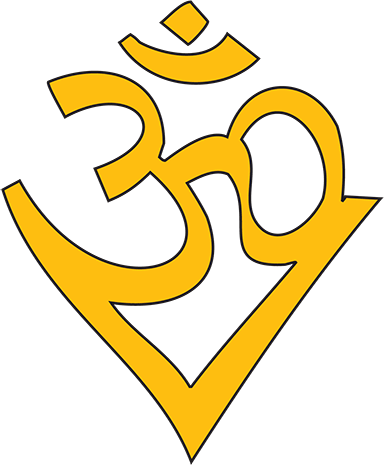
Kenyan Indians
2011
I was born in Kisumu and left Kenya in 1973 for United Kingdom. I have been back many times and my nephew’s recent marriage in Mombasa brought about another opportunity to go back to the land of my birth. The history of Indian community in Kenya is fascinating and historians are yet to do justice to their achievements. A unique feature of the Hindu people is that they are born in one of the four castes: the Brahmins who are genetically inclined to be intellectuals, the Kshatriyas who are often bold, daring and good administrators. The Vaishyas are entrepreneurs and drivers of the economy and the Shudras are artisans and brilliantly creative. They can build homes, bridges, factories and make the world habitable.
In the Indian Diaspora of Kenya all these talents came together and under the British rule the community had a limitless opportunity to excel and be pioneers in this beautiful country. These people were not educated in the conventional sense but they had talents that they had inherited genetically. There were many stories of pieces of string used as measuring tapes to build objects or buildings! They were also very good at mastering not only Swahili but also tribal languages-an absolutely crucial tool for a minority to succeed anywhere. These pioneers were our parents who came to Kenya in the 1930’s and 40’s. They came mainly from Gujarat and Punjab as well as Goa.
Chemlil near Kisumu was massively malaria infested but the Indian farmers succeeded in turning it into a prosperous sugar cane producing region. Similar examples are repeated in many parts of Kenya and even Uganda. In the fight for Kenya’s independence many Indian’s played a crucial role a fact that many Kenyan’s are unaware of. After independence in 1963 the mood of the nation seemed to have turned against the Indian community and tens of thousands left for UK. During the exodus of Asians from Uganda the then prime minister of Britain Edward Heath was shrewd enough to comment that Uganda’s loss would be UK’s gain. The achievements of East African Indian’s in UK in every field are phenomenal but I digress!
One of the most amazing features of the Indian community that remained is their transformation from Dukkawalas to industrialists employing tens of thousands of people. However in spite of all their achievements the Indian community could never shake off the feeling amongst the majority that they were aloof and distant. Some of the scandals involving Indian’s did not help either. I was therefore surprised to find that from the moment I landed in Mombasa I had the most friendly and welcoming reception wherever I went. In Nairobi and Kisumu I had the same experience. The whole country seemed more relaxed and the Indian community seemed much more confident and optimistic of its future. The new constitution of the country put to together under the chairmanship of eminent jurist Yash Ghai and so enthusiastically adopted by the people could be one reason for the positive vibes I got. A progressive and ambitious bill of rights enshrined in the new constitution and the curbing of presidential powers augur well for the future stability of the country.
The arrival of India on the world stage as an economic power has also helped changed perceptions of Indians. Many years ago soon after independence the Indian government presented the speaker’s chair to the Kenyan parliament. Some MPs at the time made much fun of this gesture and wondered if India could afford to give the chair! India today commands respect for its economic progress and its political stability. Many Kenyans now go to India for medical treatment, studies and a host of other reasons. This helps break long held stereotypes.
But there is something more, there is a cross cultural fertilization which is going on between Kenyans. Ugali, Mandasi, Irio and many other types of African vegetarian food is standard fare in Indian homes. On the other hand rice and Dhal, Samosa, Chapatti and Chevdo are foodstuffs most Kenyans enjoy very much. On the outskirts of Nairobi a Hindu religious group feeds over 1000 children every Sunday and the same happens in Mombasa. There are dozens of charity projects run by the Indian community and the good works of Lions, Masons and other international organisations is well known. A lot of the active members of these organisations are Indian’s. The community is very much focused on welfare projects in Kenya. The free food offered to travellers at the Sikh Centre in Makindu is testament of the deep roots the community has in Kenya. There is a confidence certainly amongst the Indian community that Kenya has a bright future and this is reflected in the new zeal with which the religious and cultural activities are taking place. At the beach resort I stayed in Mombasa there was an impromptu netball game in the pool and all Kenyans from different backgrounds were having a great time! May that continue forever!
Nitin Mehta MBE

Recent Comments